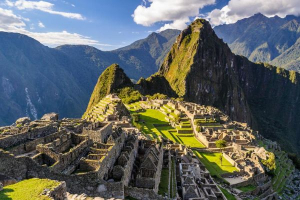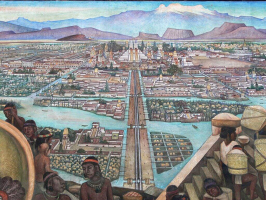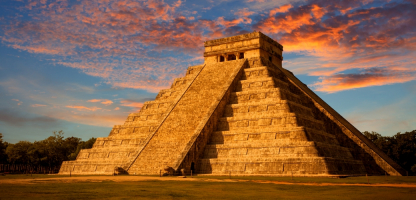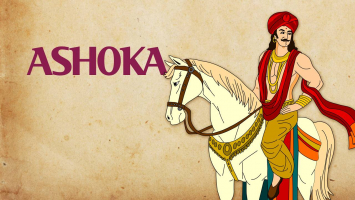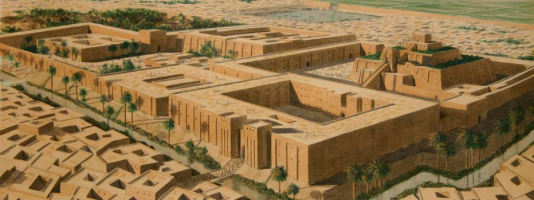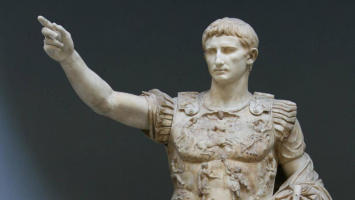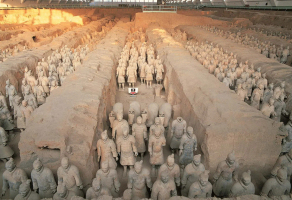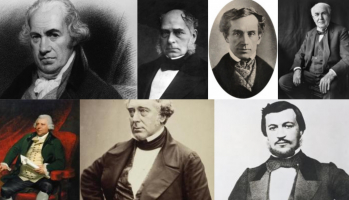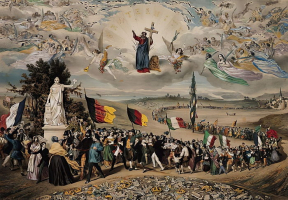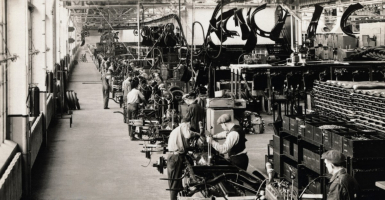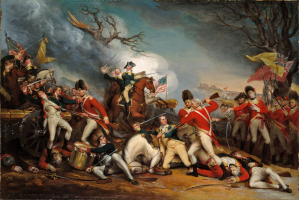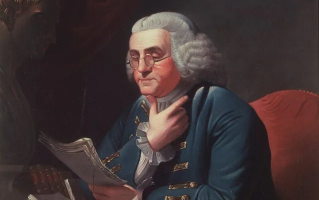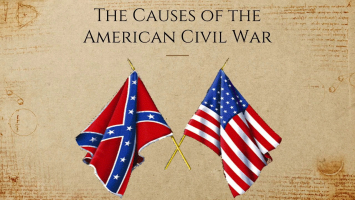Top 10 Major Achievements Of The Ancient Maya Civilization
From at least 2600 BC until the Spanish conquest in the 16th century, the ancient Maya civilization flourished in the region of modern-day Mexico and Central ... read more...America. The 10 Major Achievements of the Ancient Maya Civilization in Astronomy, Mathematics, Architecture, Engineering, and Writing are listed here.
-
The Maya developed a very efficient numeral system that allowed them to represent huge numbers with ease. It only had three symbols: zero (a shell), one (a dot), and five (a number) (a bar). These three symbols were used to represent numerals from 0 to 19, while numbers following 19 were written vertically in powers of 20 using place values. As a result, the Maya adopted the base 20 or vigesimal number system. This system was similar to the one we use now because it used place values and zero. The second position in their vigesimal system had a value of 20 times the numeral, the third slot had 202 or 400 times the value, and so on. Shorthand was also utilized by the Maya to express enormous numbers, such as 2.4.1.9.9, in which the numerals 2,4,1,9, and 9 denote coefficients in front of powers of 20.
The Mayans devised two numeral systems: one for the regular people and one for the priests. These two systems not only used distinct symbols, but they also had different base systems. The number system for priests was determined by ritual. Because the days of the year were supposed to be gods, their formal insignia were ornamented heads, such as the one shown to the left. The priestly numeral system used a hybrid base system, combining multiples of 20 and 360, because the fundamental calendar was based on 360 days. This is one of the major achievements of the ancient Maya civilization.
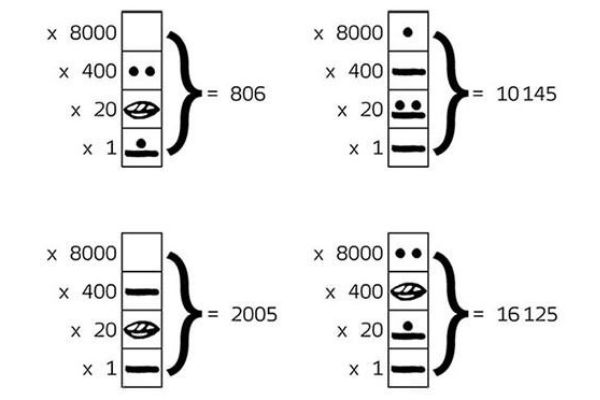
Photo: learnodo-newtonic.com Video: Jill Britton -
The Maya were the first civilisation to understand and employ the idea of zero, along with the Hindus of India, allowing them to create a proper place value system to represent big numbers and do computations efficiently. By the 4th century AD, the Maya had created the idea of zero. The Europeans were still battling with the Roman numeral system at the time, which had severe flaws such as the lack of a zero and a place value system. It resulted in a time-consuming method for calculating and expressing huge numbers. The Hindu decimal system and zero were not transmitted to Europe until the 13th century AD through the Arabs, and it took another three centuries for the Hindu Arabic numeric system to be completely understood and widely utilized by Europeans. The Maya intellectuals and engineers, on the other hand, were not constrained by a flawed number system, resulting in significant advances in a variety of domains.
Maya art, such as wall murals, depict mathematic scribes or mathematicians with number scrolls trailing from under their arms, indicating that mathematics was a significant discipline among the Maya. Surprisingly, the first mathematician to be depicted on a symbol was a woman.
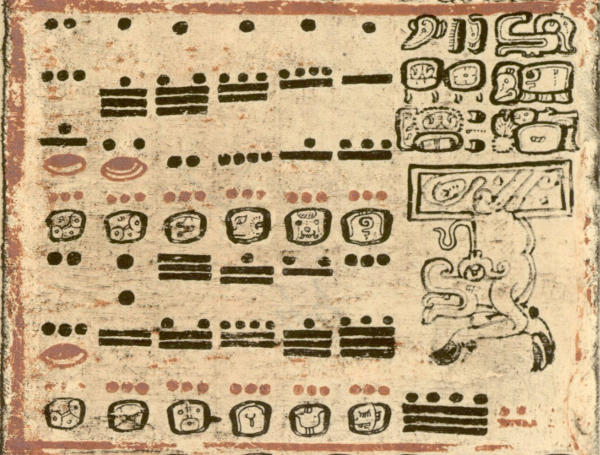
Photo: mayaarchaeologist.co.uk Video: History of Mathematics -
The famed Maya calendar was based on a Mesoamerican calendar system, but it was the Maya who refined it to its highest level of sophistication. The Tzolkin (divine calendar), the Haab (civil calendar), and the Long Count are the three dating systems used by the Maya. Tzolkin creates 260 unique days by combining a cycle of 20 named days with a cycle of 13 numerals. Tzolkin's 260-day count has been attributed to a number of factors, including human gestation, the region's agricultural cycle, and the positions of the planet Venus. The Haab was the 365-day solar calendar. It consisted of 18 months of 20 days each, followed by five extra days, known as Wayeb, which were deemed inauspicious. The Long Count was a non-repeating calendar that counted how many days had passed since the Maya era began. To make the calendar reflect the approximate 360 days length of a year, the right-most location counts single days, the next is a block of 20; the next is a block of 18; the following positions follow their vigesimal number system.
Nobody knows how such a unique calendar came into being. The 260-day cycle may link various celestial occurrences, such as Mars' configuration, Venus' appearances, and eclipse seasons. It might even be used to indicate the time between conception and birth of a human child. The 260-day calendar was used to determine the gods' and humans' vital activities. It was utilized to give people names, forecast the future, and choose auspicious dates for battles, weddings, and other events. Every day had its own omens and connections, and the Maya's destiny were guided by the relentless march of the 20 days, which was like a perpetual fortune-telling machine.
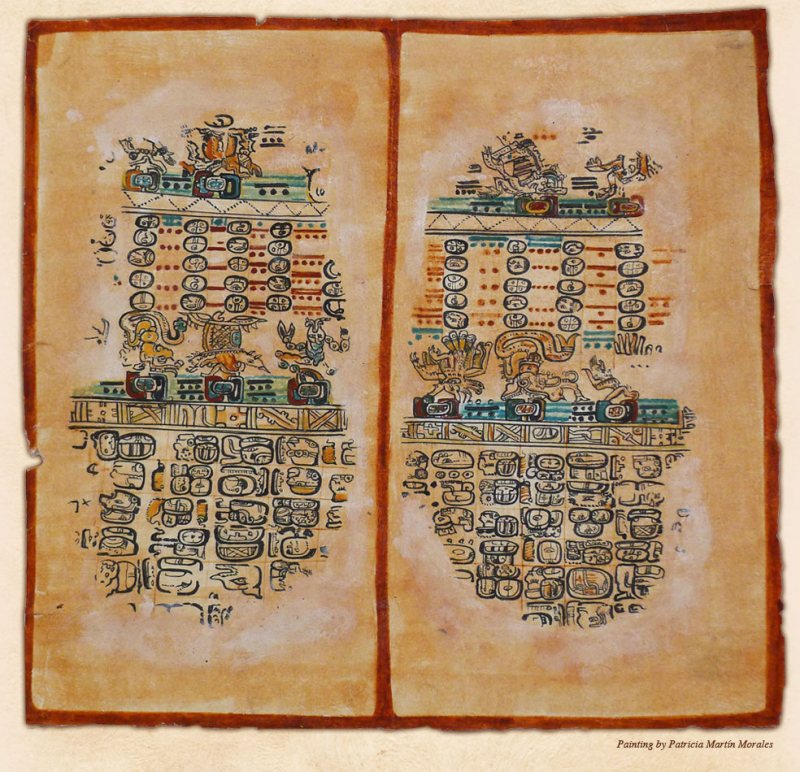
Photo: maya.nmai.si.edu Video: Inspire Education -
The Maya recorded astronomical data on the movements of the sun, moon, Venus, and stars in their painstaking observations of celestial bodies. Despite the fact that the Haab year had just 365 days, they were aware that a year is significantly longer than 365 days. The Maya reckoned that the year was 365.2420 days long (the actual approx value is 365.2422 days). This figure is more accurate than the Gregorian calendar's value of 365.2425. As a result, the Maya were closer than our current calendar. According to Maya astronomers, 81 lunar months lasted 2392 days. This gives the lunar month a duration of 29.5308 days, which is astonishingly close to the modern number of 29.53059 days. They had a two-hour inaccuracy in measuring the 584-day Venus cycle. The Maya also kept track of Jupiter, Mars, and Mercury's movements, as well as astronomical data such as eclipses. Maya astrological knowledge was more precise and advanced than European knowledge.
The Maya were keen astronomers who meticulously recorded and interpreted every feature of the sky. They believed that the gods' will and acts could be read in the stars, moon, and planets, therefore they set aside time to study astronomy, and many of their most notable structures were designed with astronomy in mind. The Maya examined the sun, moon, and planets, particularly Venus.
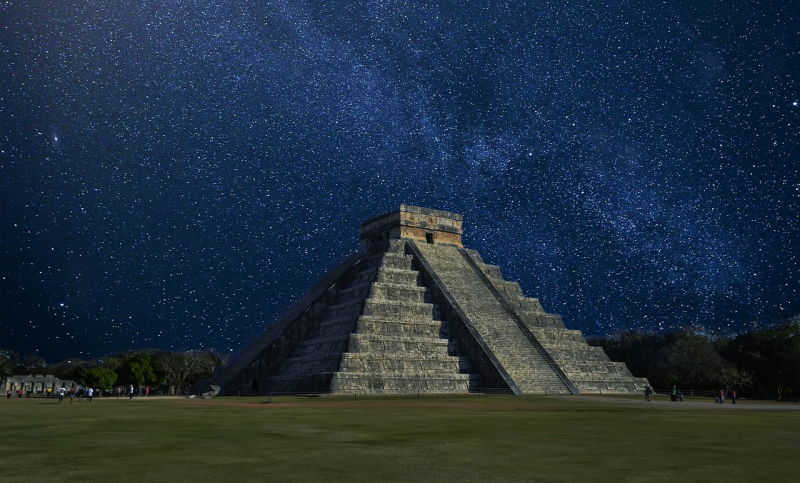
Photo: filling-space.com Video: Tomás A -
The Maya built palaces, acropolises, pyramids, and astronomical observatories, among other things. The Maya used their superior mathematical system to create creations that integrated their astronomy and engineering skills. El Castillo, also known as the Pyramid of Kukulkan, is a prominent Maya edifice in Chichen Itza. It has 365 steps, which correspond to the number of days in their solar calendar, and 52 panels on each side, which reflect their 52-year Calendar Round. The sun casts a series of triangle shadows against the northwest balustrade at the two equinoxes, creating the appearance of a feathered serpent "crawling" down the steps of the pyramid. The apparition of their deity Kulkulkan, the feathered snake, is supposed to be this phenomenon. El Caracol is another well-known Maya structure at Chichen Itza. Its lofty tower has three irregular holes that are randomly located yet can be used as key astronomical sight lines. This astronomical observatory has sight lines for 20 of the 29 celestial occurrences believed to be of interest to the Maya.
Multi-level elevated platforms, enormous step pyramids, corbelled roofs, and monumental stairways are all features of Maya architecture. Maya glyphs, geometric designs, and religious symbolism, such as snake masks, were sculpted and molded into the exteriors. In contrast to many other cultures, Maya architecture does not distinguish between religious and non-religious structures. Highly Skilled Architects is also one of the major achievements of the ancient Maya civilization.
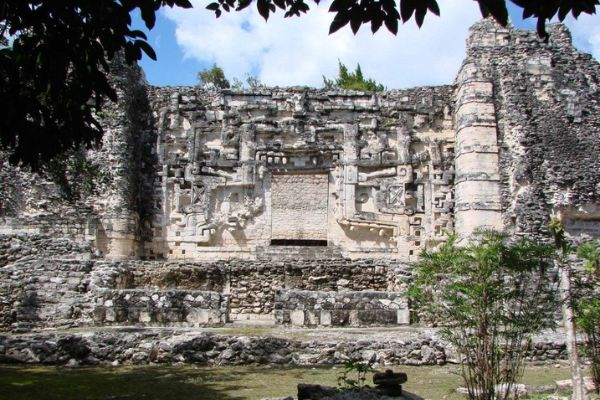
Photo: etc.worldhistory.org Video: Cultura Colectiva Plus -
The first Maya cities appeared approximately 750 BC, and their biggest cities during the Classic Period (250-900 AD) had populations ranging from 50,000 to 120,000 people. All Maya cities had vast plazas in the center, as well as their most valuable political and religious structures, such as the royal acropolis and great pyramid temples.
Elevated limestone roadways known as sacbeob (singular sacbe) or "white roads" were one of the most distinctive aspects of Maya towns. Sacbeob, despite the harsh terrain, was built to withstand the forces of nature and often plotted a course in surprisingly flawless strait lines. The most well-known sacbe network can be found at Coba, a Maya city. It has roadways that range in width from 10 to 30 feet wide and are elevated from 1.5 to 8 feet above the forest floor. The longest known Maya sacbe connects the ancient cities of Coba and Yaxuna and runs 60 miles (97 kilometers). This strait-as-an-arrow road is regarded as a remarkable engineering achievement.
The Mayan word sacbe (sometimes spelled zac be and pluralized as sacbeob or zac beob) refers to the linear architectural features that connect settlements all over the Maya realm. Roads, walkways, causeways, property lines, and dikes were all used by Sacbeob. The Maya used the name sacbe to indicate "stone road" or "white road," but it was evident that sacbeob had additional meanings for them, such as mythological routes, pilgrimage routes, and literal marks of political or symbolic linkages between city centers. Some sacbeob are mythological subterranean routes, while others trace celestial pathways; evidence for these highways can be found in Maya mythology and colonial archives.
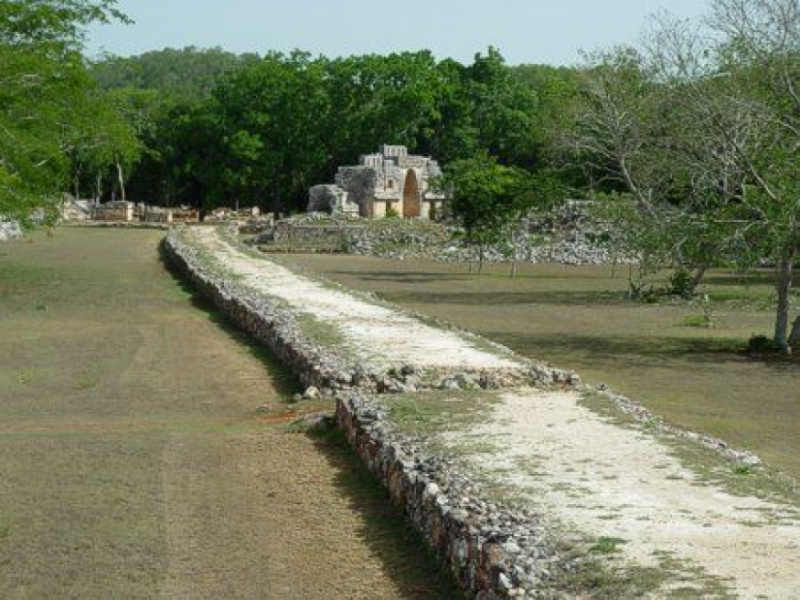
Photo: pictolic.com 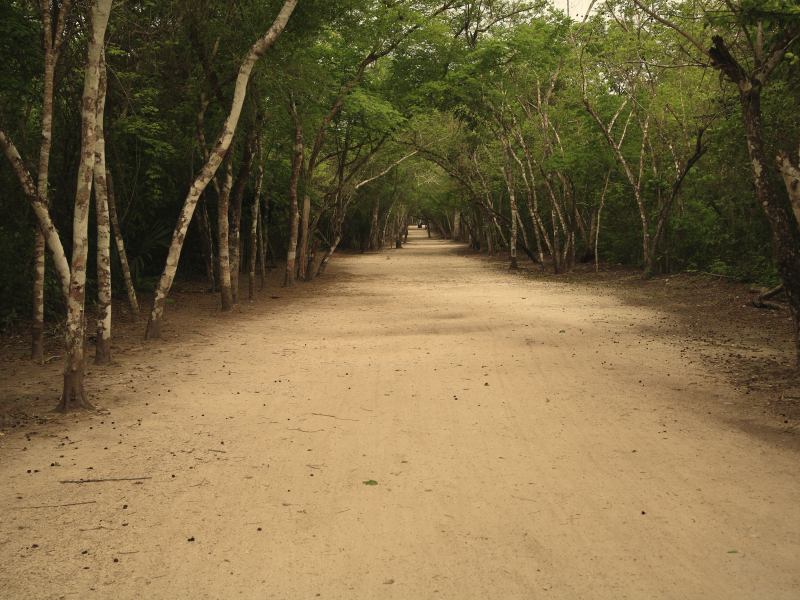
Photo: thoughtco.com -
The feature, discovered during a mapping assessment of the area in 1999, was comparable to but not identical to the aqueducts that run beneath the city's plazas. In 2006, an archaeologist and a hydrologist returned to Palenque to investigate the odd water feature. Palenque was first occupied around the year 100, but it reached its peak between the years 250 and 600 during the Classic Maya period. Around the year 800, the city was abandoned.
Palenque was a Maya metropolis that was substantially lower in scale than Tikal and Chichen Itza. However, it was here that some of the most impressive Maya engineering achievements were completed. Palenque, also known as Lakamha (Great Water), contains nine permanent streams and 56 springs. To deal with the problem of too much water, Palenque engineers built sophisticated subterranean aqueducts that directed the water underground, freeing up additional space for cultivation on the surface. The Piedras Bolas aqueduct, for example, has a 20-foot drop in elevation and a cross-section that shrinks from 10 square feet at the feeding spring to a half square foot where the water exits. Water pressure in the aqueduct is created by a combination of gravity and rapid constriction, which is enough to blast water up to a height of 20 feet. The Piedras Bolas aqueduct, built during the Classic Maya period, is the first known example of engineered water pressure in the New World. It's possible that the water pressure was utilised to provide flowing water to the palace and other structures.
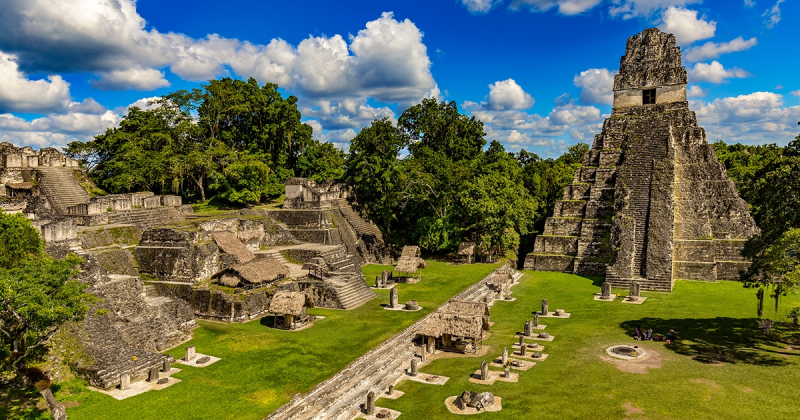
Photo: mymodernmet.com 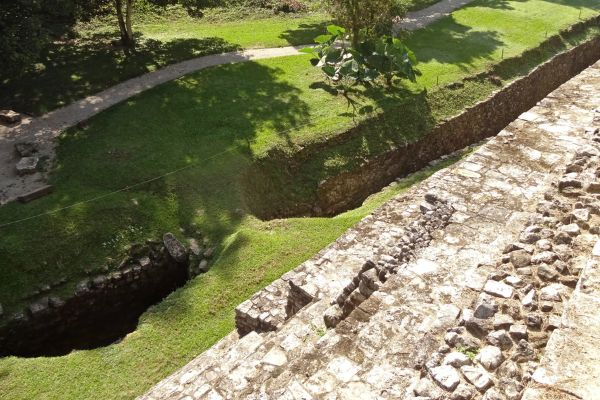
Photo: www.fieldstudyoftheworld.com -
Linguists believe the Maya spoke a single language at first, which they named proto-Mayan. It is thought that Proto-Mayan was spoken at least 5,000 years ago. Proto-Mayan languages diverged during the Preclassic period (2000 BC-250 AD) to produce the primary Mayan language groups, which eventually diverged further to form over 30 languages that have persisted to present times and are now spoken by at least 6 million Maya people. The Maya civilization's writing system, known as the Maya script, is thought to be Mesoamerica's only comprehensive writing system, meaning they could write anything they could say. According to current research, the earliest Maya inscriptions discovered date from the 3rd century BCE. This would make the Maya the Mesoamerican inventors of writing. This would also make the Maya one of just three civilizations known to have invented writing independently of China and Mesopotamia.
Maya writing consisted of logograms supplemented with a set of syllabic symbols, which functioned similarly to current Japanese writing. Early European explorers in the 18th and 19th centuries dubbed Maya writing "hieroglyphics" or "hieroglyphs" because it resembled Egyptian hieroglyphs in appearance, despite the fact that the two systems are unrelated. Despite the fact that modern Mayan languages are nearly entirely written in Latin rather than Maya script, recent advancements have encouraged a resurgence of the Maya symbol system.
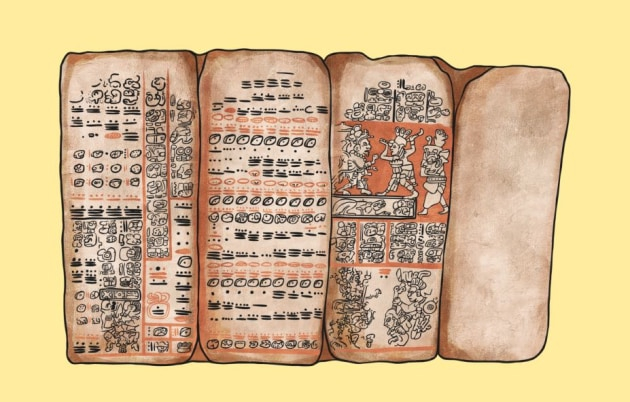
Photo: www.twinkl.com.vn 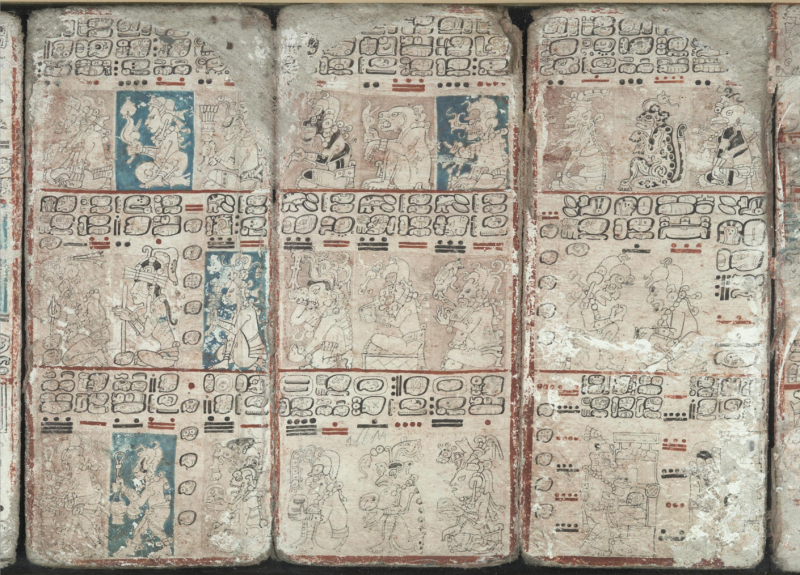
Photo: Wikipedia -
The Maya created highly developed art forms. Wood, jade, obsidian, porcelain, sculpted stone monuments, stucco, and exquisitely painted murals were among the materials they used to create art. Wood carving is thought to have been widespread, but just a few objects have been discovered. Maya sites are littered with stone stelae. The most well-known, from Copan and Quirigua, are notable for their meticulous attention to detail. The ornamental lintels of Palenque and Yaxchilan are notable, especially the famed Yaxchilan Lintel 24. Several Maya stairways, such as those at Tonina, have been decorated with a wide variety of scenes. Large stones carved to look like living creatures are known as zoomorphs. Maya Zoomorphs, particularly those at Quirigua, are very complex relief decoration. Mural painting was a long history among the Maya, dating back to about 300 and 200 BC. A full-size collection of paintings at Bonampak is among the best-preserved Maya murals. The Maya also made eccentric flint, an elite chipped item that is technically exceedingly difficult to produce.
Mortal rulers and otherworldly entities are the most common subjects in Maya art. The Maya Kings and Queens had full-time painters and sculptors in their royal courts, some of whom signed their work. Sculpture for the Maya encompasses all media, from miniature to enormous, as artists shaped materials gathered from the nature. The contact between communities in the Yucatan Peninsula and those on the Mexican Gulf Coast, known as the Olmec civilization, gave birth to Maya art which is considered as one of the major achievements of the ancient Maya civilization.
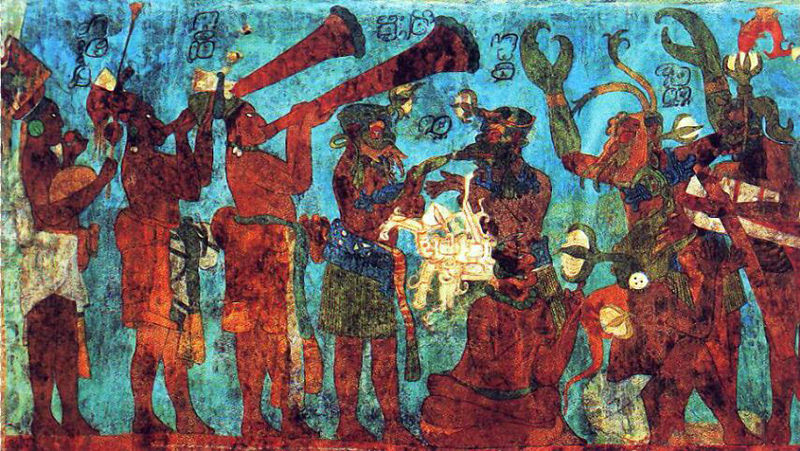
Photo: www.historyonthenet.com 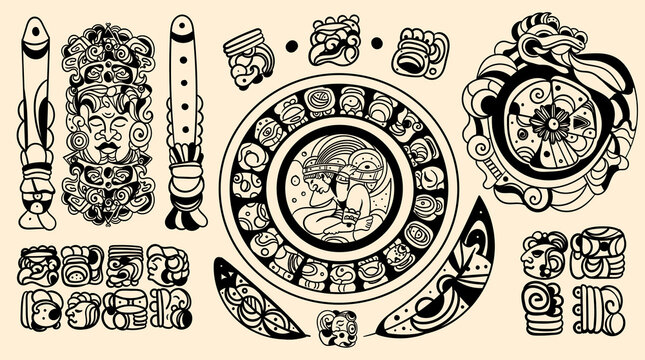
Photo: stock.adobe.com -
Agriculture was varied and complex among the Maya. Shifting cultivation techniques such as slash-and-burn, elevated fields, terracing, intensive gardening, woodland gardens, and managed fallows were among them. Maize, beans, and squashes were the Maya diet's mainstays. Amaranth, chili peppers, sweet potatoes, manioc, tobacco and chaya, cotton, cocoa, and vanilla are among the other crops grown. Cotton was spun, coloured, and woven into costly textiles in order to be traded as early as 500 BC. Cacao was utilized to make chocolate beverages as early as 500 BC. To make rubber, the Maya combined latex from rubber trees with juice from morning glory vines. Rubber was first used in Mesoamerica around 1600 BCE, several millennia before vulcanization was invented in the nineteenth century. The Maya, like various other Mesoamerican societies, played the famed Mesoamerican Ballgame with bouncy rubber balls.
According to historical and archaeological evidence, the Mesoamericans were big users of rubber. Sandals, rubber bands, and balls were all created from it, and they used it to play a ceremonial game on stone-walled courts. Each of these objects necessitates different properties in the rubber used to create it. For bounciness, a ball needs elasticity, a rubber band needs strength, and a sandal needs wear and resistance. According to a new study, the Mesoamericans, who include the Aztec and Maya, knew how to produce several types of rubber by combining latex from rubber trees with morning glory vine juice in various amounts.
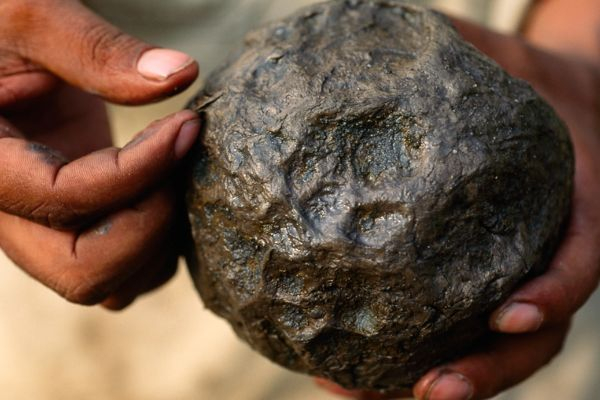
Photo: www.nationalgeographic.com 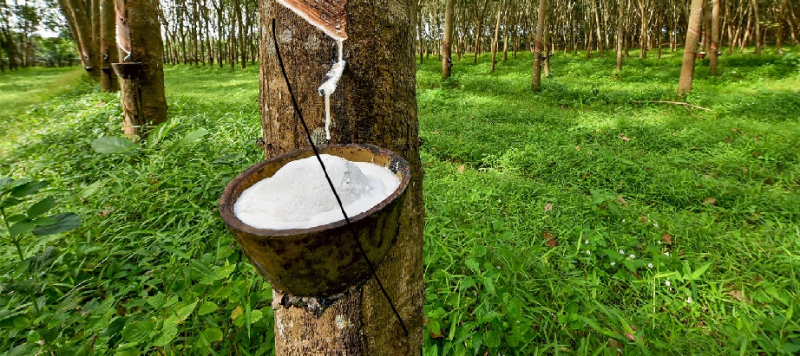
Photo: https://mayacorp.pk/












